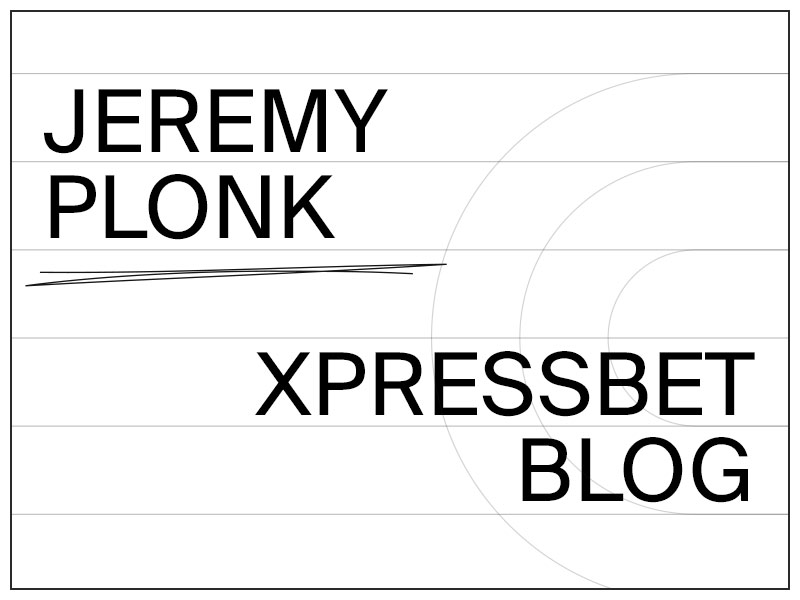by Jeremy Plonk
May 3, 2021

Welcome to a continuing handicapping series for our Monday blog space, “Monday Myths.” Each week I’ll use the power of the Betmix database to take common handicapping assumptions and either support or dispel them with data. Betmix data powers the 1/ST BET app and its features like Angler and Birddog give data-minded horseplayers a treasure trove of information in which to query your own curiosities.
Assumption:
Horses don’t come out of the Kentucky Derby as well as they went into it.
Background:
The taxing nature of the Kentucky Derby, its mile and one-quarter distance under 126 pounds and uniquely large field size, are reasons why many handicappers openly look to beat those runners in their next starts. You’ll often here of a ‘bounce’ or ‘regression’ that goes with a hard effort; and an ode to the grinder that is the race’s chaos for those who were well-beaten. The reputation of Derby horses also is considered over-inflated, and produces overlays of familiarity down the line.
Data Points:
I dialed up the Betmix database to look at all Kentucky Derby alumni from 2013-2020 and tracked their performance in their next start. We measured not only their overall record, but record in next-out races of varying class levels and time away from the races for recovery. We studied not only the Derby’s successful runners, but also the grouping that did not perform as well.
//
All Kentucky Derby alumni 2013-’20 had a combined record in all return races of 140: 33-21-17, netting 24% wins and a $0.89 ROI for every $1 bet. They won races from the next Triple Crown steps, of course, to 7 allowance races.
//
All Kentucky Derby alumni 2013-’20 bet to favoritism next out had a 42: 22-10-5 record, netting 53% wins and a $0.87 ROI for every $1 bet.
//
Kentucky Derby alumni 2013-’20 had a combined record in Grade 1 stakes races of 77: 9-9-7, netting 12% wins and a $0.92 ROI – winning the Preakness 6 times and the Belmont 3 times in that 8-year span (Belmont prior to Derby last year only).
Kentucky Derby alumni 2013-’20 had a combined record in all races EXCEPT Grade 1 stakes races of 63: 24-11-10, netting 38% wins and a $0.86 ROI for every $1 bet.
//
Kentucky Derby alumni 2013-’20 who ran back on 60 days or shorter rest had a 104: 22-16-12 record, netting 21% wins and a $0.95 ROI for every $1 bet. The majority of these re-matched in the Triple Crown.
Kentucky Derby alumni 2013-’20 who ran back on 180 days or longer rest had a 15: 7-2-1 record, netting 47% wins and a $1.11 ROI for every $1 bet. Among these long-awaited return winners were notable names like Whitmore, Vekoma, Audible and By My Standards.
//
Horses Who Finished 1st-through-9th in the Derby 2013-’20 had a combined next-start record of 27% wins and a $0.88 ROI for every $1 bet.
Horses Who Finished 10th through last in the Derby 2013-’20 had a combined next-start record of 21% wins and a $0.89 ROI for every $1 bet.
Overall Findings:
Derby alumni won 24% next out and converted more than 50% when expected to deliver as favorites. Of those who returned from the Derby into Grade 1 stakes, 72 of the 77 were re-matched in either the Preakness or Belmont, meaning only 1 could win and pushed percentages down. The same Preakness/Belmont factor also drove down percentages for those returning from 60 days or fewer rest, but that number still held strong. Non-Grade 1 returnees delivered at a higher win rate as they spread out into different spots with fewer rematches. More than 10% of the Derby alumni did not race again for 6 months or more (180 days minimum), but those who returned were well-spotted and prepared by their connections with an exceptional record. Horses who ran top half of the Derby and bottom half of the Derby both returned with solid marks, the top-half faring better next out, but the bottom-half not embarrassed and a near-equal ROI.
Bottom line:
Perhaps the Derby once was a grinder that wore down its entrants, but since 2013, that’s absolutely not been the case. The start of the Betmix database coincidentally coincides with the first year of the Kentucky Derby points system, which has almost universally removed sprinters from the run from the roses. That lack of substantial pace has been theorized to create a run on favorites and horses with tactical, if not front-running, route speed. Perhaps it also may have something to do with not burning up the rest of the field behind it, and, thus, creating positive next-out results like we see in this study.
Additional Details:
You can go into Betmix and run your own queries for a deeper dive into this theory and any that you can create. For instance, the percentages and ROIs for next-out dirt races was far superior to those who came out of the Derby and then tried the turf next, which dragged down the overall numbers some.